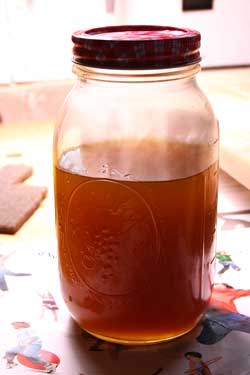 I don’t write much about finishing because Bob Flexner has done that for us. “Understanding Wood Finishing” is one of the core books that should be in every woodworker’s library. Read it once through and then refer back to it when you wander into uncharted territory.
I don’t write much about finishing because Bob Flexner has done that for us. “Understanding Wood Finishing” is one of the core books that should be in every woodworker’s library. Read it once through and then refer back to it when you wander into uncharted territory.
Bob has a reputation as an iconoclast, a rebel or a curmudgeon, depending on who you talk to. As someone who edited his column in Popular Woodworking Magazine for many years I can say this: He has no tolerance for BS, marketing, marketing BS or romantic naming conventions for finishing products. And unlike other authors who write about finishing, Bob does not sell his own finishing products.
We are constantly bamboozled by finish manufacturers who push “tung oil,” “Danish oil” or whatever on us without telling us what actually is in the can. Finishing is not complex. There are only a few ways that finishes cure. And once you understand the differences, then finishing becomes as straightforward a skill as flattening a board.
During the weekend I had to look something up about fixing orange peel in a film finish and stumbled on a remarkable fact in his book. Sometimes we are our own worst enemies.
“Myth: You often hear polyurethane disparaged as a ‘plastic’ finish.
“Fact: All film finishes, except possibly shellac, are plastic! Solid lacquer, called celluloid, was the first plastic. It was used as early as the 1870s to make collars, combs, knife handles, spectacle frames, toothbrushes, and later, movie film. Phenolic resin, called Bakelite, was used to make the first plastic radio cases. Amino resins (catalyzed finishes) are used to make plastic laminate. Acrylic resin (water base) is used to make Plexiglas.”
Flexner then goes into detail about how modern varnishes were developed.
Sweet mother of mystery, this book is only $15 at ShopWoodworking. Buy it and read it.
— Christopher Schwarz